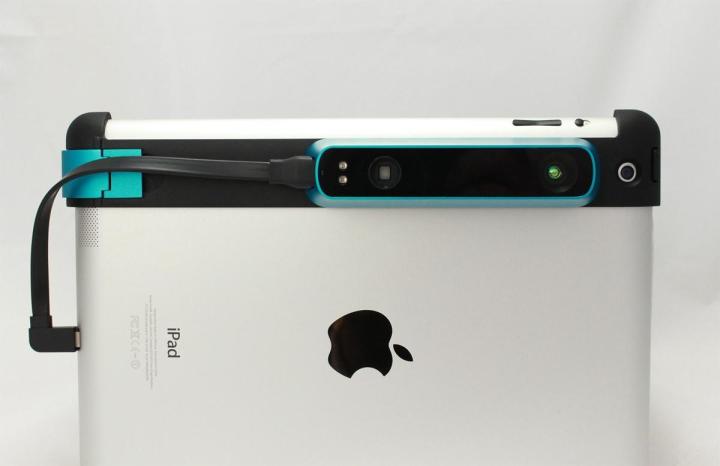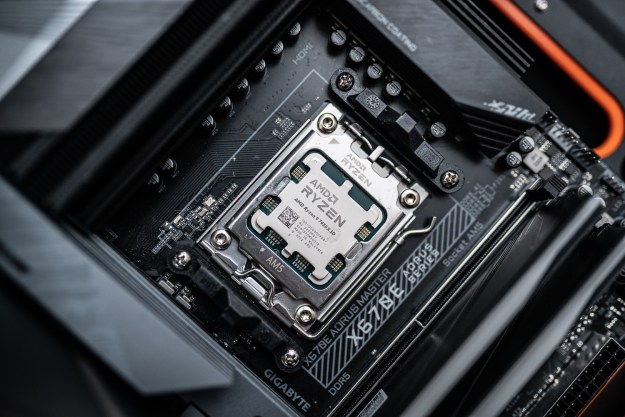
There are plenty of options for tinkerers at home who want to play with 3D scanning and modeling. If you’ve got a lot of dough to burn, you might have already invested in the MakerBot Digitizer desktop 3D scanner which runs for upward of $1,400 a set. For those on the more conservative side of the budget, look no further than software and hacks designed for the $99 Microsoft Kinect. Today, San Francisco startup Occipital is releasing a device that’s a compromise of both money and hardware with the Structure Sensor, a mobile 3D scanner attachment that goes right on your iPad.
No more fussing around a computer to get things going, the Structure Sensor simply mounts around the side of the iPad, turning the tablet into a portable 3D scanner. This allows users to snap photos and scan 3D data on the fly, enabling them to use the outdoor environment to model virtual and augmented reality scenes.

Editors' Recommendations
- The 6 best desktop PCs for 3D rendering in 2024
- The one AMD 3D V-Cache processor you should avoid at all costs
- Save $100 on this compact, multi-purpose home 3D printer
- What is a 3D printer, and how much do they cost?
- What is AMD 3D V-Cache? Extra gaming performance unlocked


